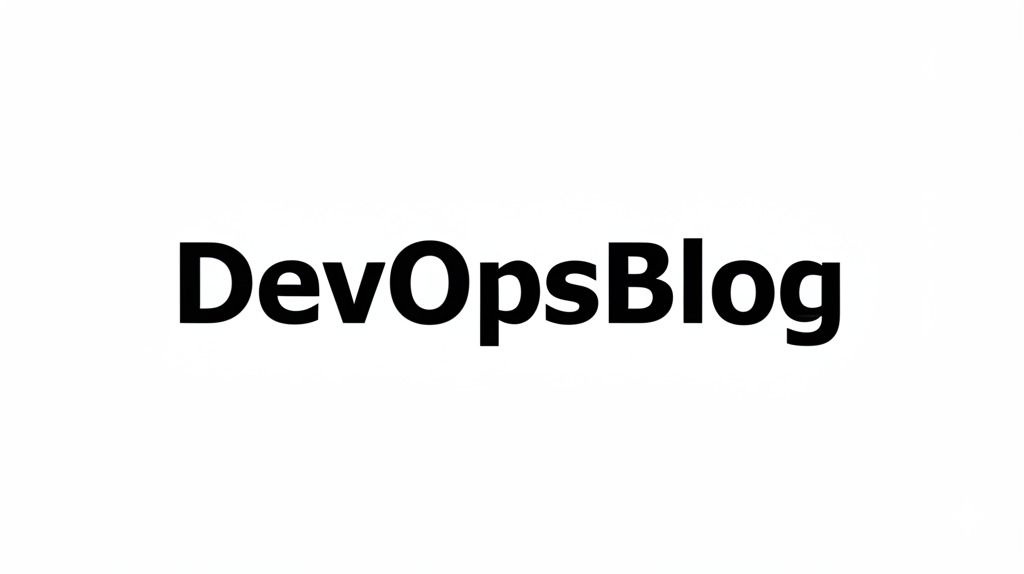Let’s go back to late January 2017. For those in the DevOps and SRE world, it was a period marked by a shared shock as news spread: GitLab.com, a platform many relied on daily, was down. This wasn’t just any outage; it was the result of accidentally wiping out the primary production database. While this feels like a lifetime ago in tech years, the way GitLab handled the crisis – particularly their approach to transparency and detailed post-mortem – offers critical lessons that haven’t aged a day.
This isn’t about pointing fingers at past mistakes. It’s about revisiting a significant event, learning how one problem led to another by reading GitLab’s honest breakdown of events. Remembering the basic, crucial lessons this whole situation taught us about running things properly.
The Slip-Up
It started, as major incidents often do, during late-night maintenance aimed at fixing a disturbing problem. GitLab was fighting with high load and replication lag on their main PostgreSQL database. An engineer, deeply focused on solving the issue, intended to clear data from a secondary database server. Instead, under pressure and likely fatigued, the command (rm -rf – a command that strikes fear into the heart of any living being) was executed on the primary production database server.
Just like that, the core of GitLab – user data, project details, merge requests, everything – vanished from the primary db instance. The site went dark. The worst-case scenario had just happened.
When Recovery Plans Crumble
The immediate horror of deletion quickly gave way to another chilling realization: getting the data back wasn’t going to be easy. As the team scrambled, they hit a terrifying sequence of failed safety nets:
- Replication: The secondary databases, the logical first fallback mechanism, were hours behind due to the very poor performance issues they were trying to fix. Failing over meant a huge data loss. Not an option.
- Regular Dumps: Standard pg_dump backups? They seemed to be running, but futher investigation revealed that recent ones were incomplete or empty due to configuration errors. Effectively useless. Not an option.
- Snapshots: LVM snapshots were being taken, but, they were on the same physical server whose data directory had just been obliterated. They were deleted along with the primary data. (Clearly not a possible option).
- Cloud Snapshots: Azure (Microsoft Azure) disk snapshots backup existed as a feature, but hadn’t been turned on for this database server. So, once again, not an option.
- S3: Finally, some good news. Backups automatically uploaded to AWS S3 were working. But the the latest, complete backup was roughly six hours old. At least an option.
This six-hour-old S3 backup became their only option. Restoring from it meant GitLab users lost around six hours of work – issues created, comments posted, code pushed, merge requests created during that window were gone. The full recovery process stretched over many more hours.
Beyond the Typo
It’s easy to blame the individual engineer who ran the command, but GitLab’s own honest assessment pointed to much more deeper, systemic problems that allowed this mistake to happen and made recovery so painful:
- Lack of Guardrails: There weren’t enough check, or confirmation steps before executing such a scary command on a production database.
- The Backup Blind Spot: Backups existed, but nobody was regularly testing if they could actually be restored. A backup isn’t a backup until it’s been successfully restored.
- Monitoring Blindness: Critical alerts about failing pg_dump jobs or the lag weren’t alarming or weren’t being acted upon.
- Risky Procedures: Performing high-stakes manual database operations late at night, significantly increased the risk.
Transparency
What truly set this incident apart was GitLab’s response during the crisis. Instead of corporate silence, they went the opposite route: transparency.
- They wrote a public Google Doc, updated in real-time, documenting every step, every discovery, every setback as they worked to recover a system. Anyone could follow along.
- At one point, they even live-streamed part of the recovery effort on YouTube.
- Afterwards, they published brutally honest, detailed post-mortem blog posts.
This level of transparency was, and still is, rare. It generated massive discussion and, despite the severity of the failure, earned GitLab significant respect for being honest and owning their mistakes.
Lessons That Echo Through Time
The tech landscape has shifted since 2017, but the core lessons from the GitLab incident remain fundamental for any team running such systems:
- Test Your Backups: Seriously. If you aren’t regularly simulating realistic restore scenarios, you don’t have a backup strategy – you have a backup prayer. Automate restore tests if possible.
- Make Destructive Actions Hard: Humans make mistakes, especially under pressure. Automate dangerous tasks. Make it really hard to accidentally run rm -rf on your production database.
- Layer Your Defenses: Don’t bet everything on one recovery method. Combine replication, snapshots, and backups.
- Monitor What Matters: Your monitoring needs to go beyond basic CPU/MEM, uptime monitoring. Track backup job success/failure, backup age, replication lag, disk space. Alerts need to tell you about problems before they become disasters.
- Context is King: Minimize risky manual operations during off-hours. Ensure clear visual cues or prompts indicate which environment you’re working in (e.g., distinct shell prompts for production).
- Own Your Failures: Transparency, while difficult, builds long-term trust. Sharing post-mortems and lessons learned benefits the entire community and demonstrates a commitment to improvement.
Looking Back to Move Forward
The GitLab database disaster remains a very good case study in operational failure. It was a perfect storm of human error hitting huge weaknesses in recovery systems. While a single command triggered it, the real story lies in the untested backups, the monitoring gaps, and the procedural risks.
GitLab’s willingness to share the details turned their nightmare into a valuable learning experience for all of us. Let’s honor that by revisiting these lessons: Check your backups. Test your restores. Build guardrails.
References & Further Reading:
- GitLab Blog (Feb 1, 2017): GitLab.com Database Incident
- GitLab Blog (Feb 10, 2017): Postmortem of database outage of January 31
- The Register (Feb 1, 2017): GitLab.com melts down after sysadmin deletes production database





